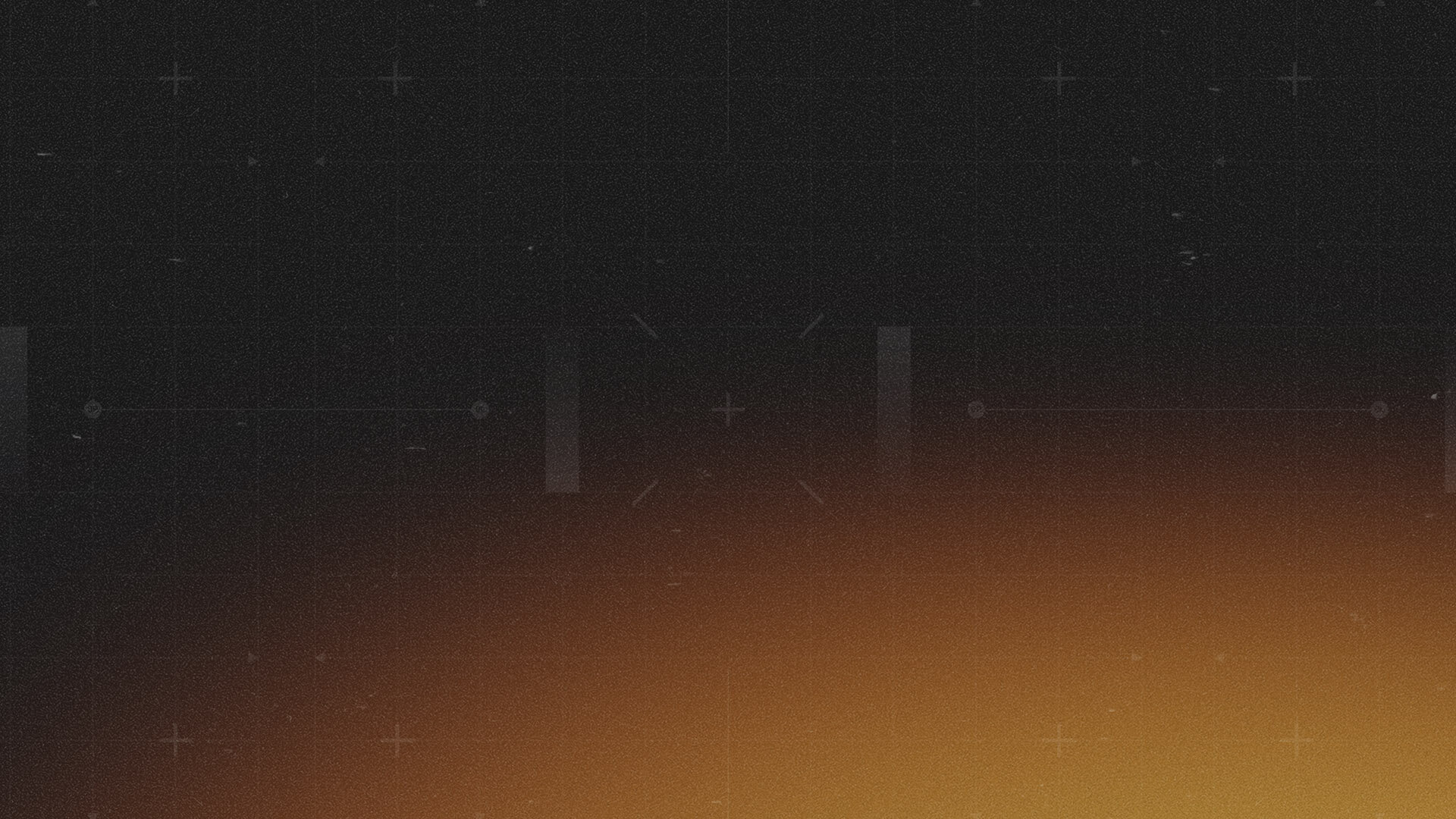
CineMotion
C4D + HOUDINI + BLENDER + MAYA + 3DSMAX
Created from real camera motion, CineMotion is a library of 120 virtual production camera clips to quickly enhance your renders. From subtle idles to wild roaming motion, pans, reveals and more.
++ 120 easy to use clips, compatible with all major 3D software.
++ Meticulously organised and standardised.
++ Rendered preview gallery of every camera.
++ Includes FBX, Alembic & Houdini HDA formats.
Cameras are organised in to two main categories:
1. Idles
These are the most flexible and versatile cameras. From subtle ambient motion, to dynamic roaming, these work great on their own or on top of key-framed animation.
All clips are axis-aligned around world 0 and last for 30 seconds+.
2. Framing moves
These clips cover a variety of common camera moves to add instant flair to your scene. These are a simple way to create dynamic movement through various tilts, pans and reveals.
All framing moves end with long idles, axis-aligned to world 0 for easy use.
What’s included
120 unique motion cameras consisting of:
++ 40 Idles
++ 80 Framing moves
In both Filmbox (.fbx) and Alembic (.abc) files.
++ 5 levels of motion smoothing for each take.
++ MP4 rendered preview gallery of each shot.
++ Cinemotion user manual
Additionally for Houdini users:
++ CHOP compatible .clip files.
++ Free Cinemotion Camera HDA (for fast loading and adjusting of the camera clips).
Full Shot List
Idles
Tight (x3)
Regular (x6)
Roaming (x5)
Loose (x5)
Breathing (x2)
Vehicle (x3)
VehicleIntense (x3)
Walking (x5)
Running (x5)
MobileDevice (x3)
Framing Moves
TiltUpToLevel (x5)
TiltUpFromLevel (x5)
TiltDownToLevel (x5)
TiltDownFromLevel (x5)
PanLeftToCenter (x5)
PanLeftCont (x4)
PanRightToCenter (x5)
PanRightCont (x4)
Framing Moves
WhipPanLeftToCenter (x4)
WhipPanRightToCenter (x4)
PanLeftDownToCenter (x6)
PanRightDownToCenter (x6)
PanLeftUpToCenter (x5)
PanRightUpToCenter (x5)
GlanceLeftRight (x4)
Searching (x4)
MobilePickUp (x4)
FAQ
Whats wrong with procedural camera shake?
You can get away with it, but often procedural motion feels a little artificial. For those that want access to a simple, drag & drop library of real human motion, we created CineMotion.
Because CineMotion is tracked from real cameras, these clips replicate the natural weight of a camera rig along with the behaviour of operating like a real human.
This method captures the subtleties of breathing, moving, and reactive motion that characterises realistic handheld movement.
Although there’s no substitute for shooting bespoke cameras for your scene, I want to offer everyone the feel of virtual production with the convenience of ready to go assets. I found that most of the time i’d use the same shots again and again, so why not have some to hand.
I feel there’s enough versatility and variety that these clips can help save you a bunch of time and increase production value.
All the idles and framing moves are calibrated around world 0, and are all axis-aligned making it really easy for you to move, rotate and re-frame the shots to suit your needs.
What formats are provided?
The cameras are supplied in three common file formats to ensure maximum compatibility with a wide variety of 3D software. Check your software’s manual for it’s supported formats.
The files are supplied in FBX, Alembic, and .clip files.
What software is supported?
Most software that supports loading FBX or Alembic, such as: Cinema4D, 3DsMax, Maya, Blender, Houdini and Nuke. For Houdini users there’s also a HDA which allows you more control over the raw-motion capture data and camera settings.
How are these shot?
These are captured using a cine-style shoulder rig. The cameras default to 18mm when you load them but you can choose any lens length you want. There are variations for less or more motion, as well as pre-baked smoothing levels for every shot.
What is this for?
I was using this technique so much in my own work, so I decided it’d be useful for others. Originally it was very manual pipeline for capturing and exporting cameras, so I put a lot of time in to scaling it up - to create a broader library of well-organised and standardised assets.
Can I customise the clips?
It’s really simple to add regular keyframes on top of all the idle clips to create a natural layer of motion. Other moves can easily be re-framed by simply rotating and translating. As all the clips are conformed around world zero, it makes it very easy to customise them in a matter of seconds.
Do the cameras loop?
Rather than doing any edits or unnatural blends, we decided to shoot long 30 second takes which should cover most shots you’d want to achieve. All the idles are 30 seconds, and most of the framing moves end in 30s idles (except where it doesn’t make sense such as continuous pans).
What does the HDA do?
For Houdini users the Cinemotion HDA provides an interface to quickly load the supplied .clip files. This allows you to access the raw motion-capture data connected to a camera. The HDA also offers additional parameters such as clip retiming, reframing, trimming, motion smoothing controls and more.
The HDA can take an input null for quick repositioning, or parenting. It also outputs the motion if you want to attach anything else to it, such as a prop or an external camera.

